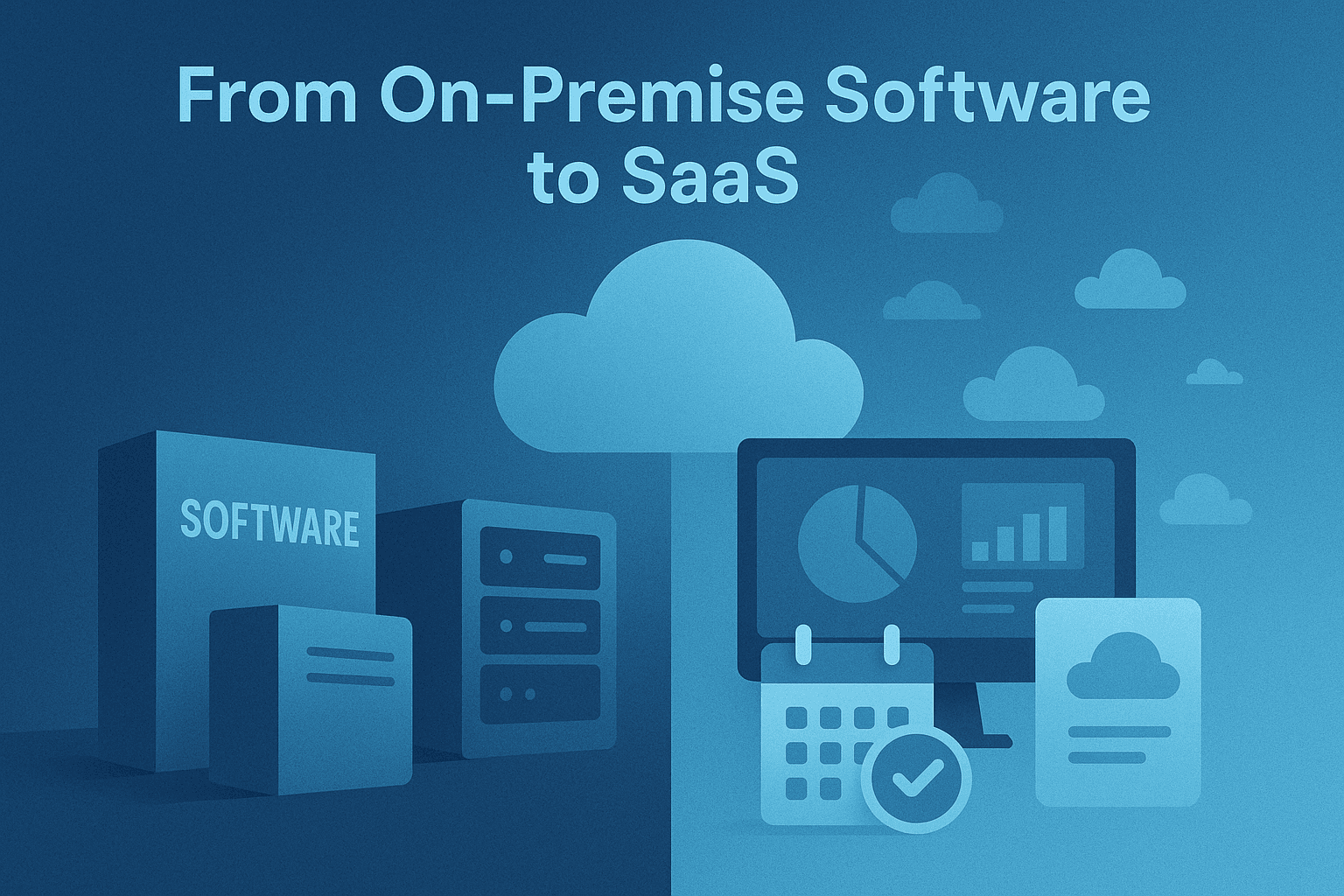SaaS is a cloud-based software delivery model where users access applications online via a subscription. Unlike traditional software, which requires one-time purchases and on-premise installations, SaaS eliminates the need for heavy upfront costs, offers automatic updates, and ensures scalability without additional hardware investments.
-
How software shifted from heavy on-premise installs to cloud-first, subscription-driven delivery.
-
Why subscription models changed revenue, scalability, and product innovation for software companies.
-
The real impact of SaaS on accessibility, customer expectations, and global reach.
-
Key trends shaping the future of SaaS including AI, no-code tools, and industry-specific platforms.




